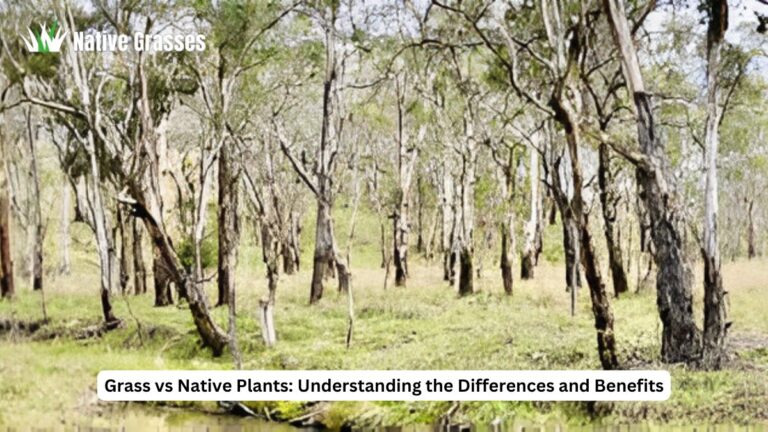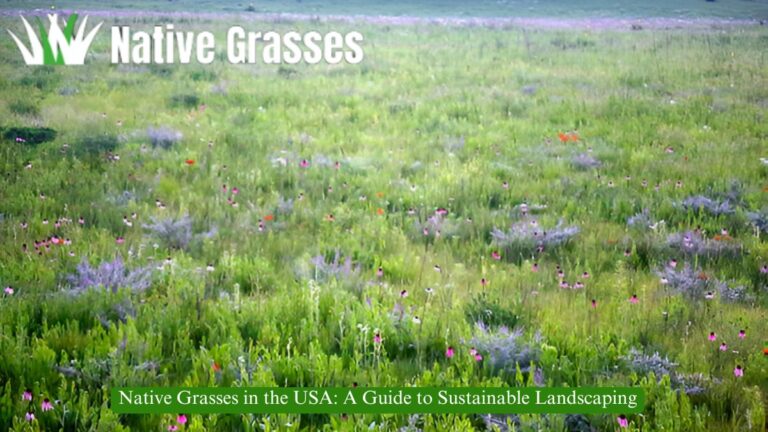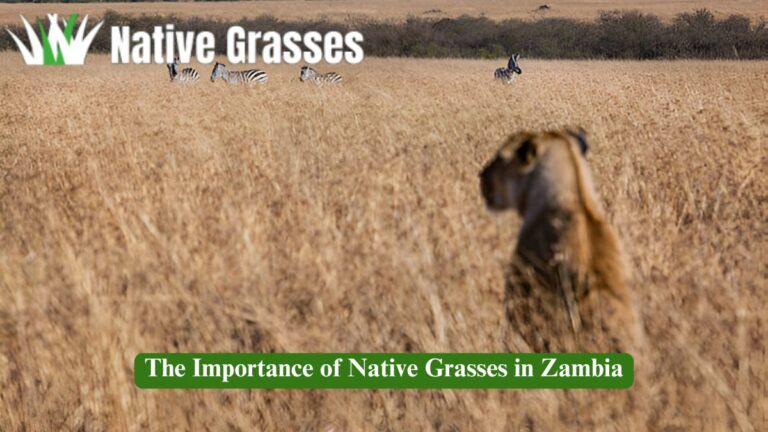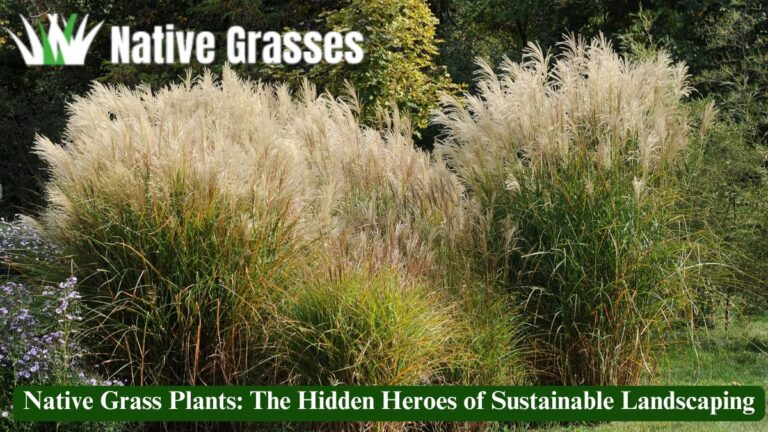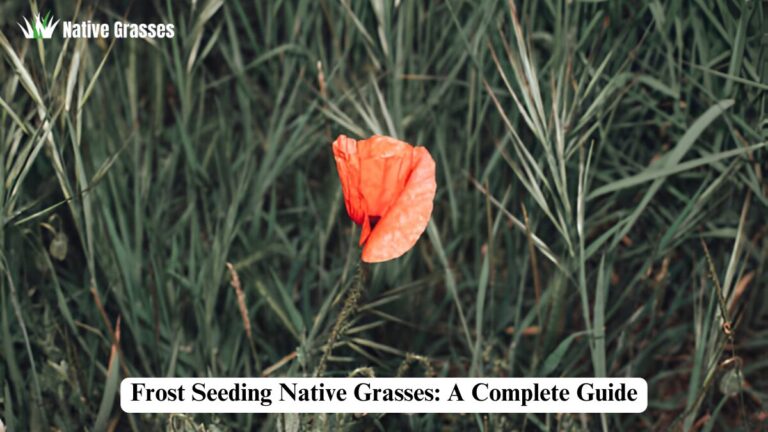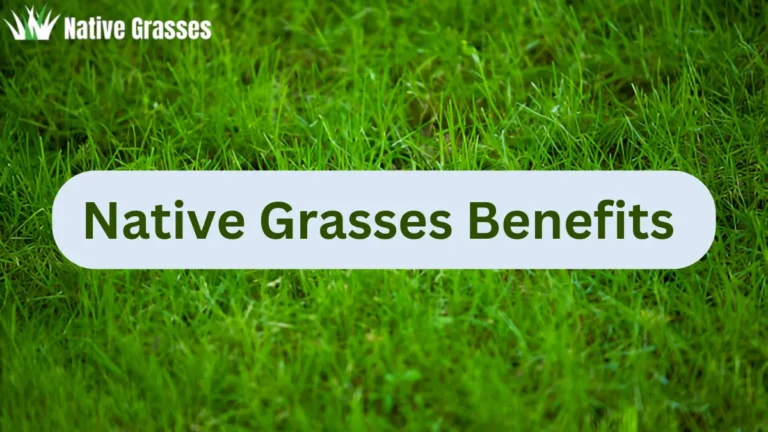Native Southern California Grasses: A Comprehensive Guide
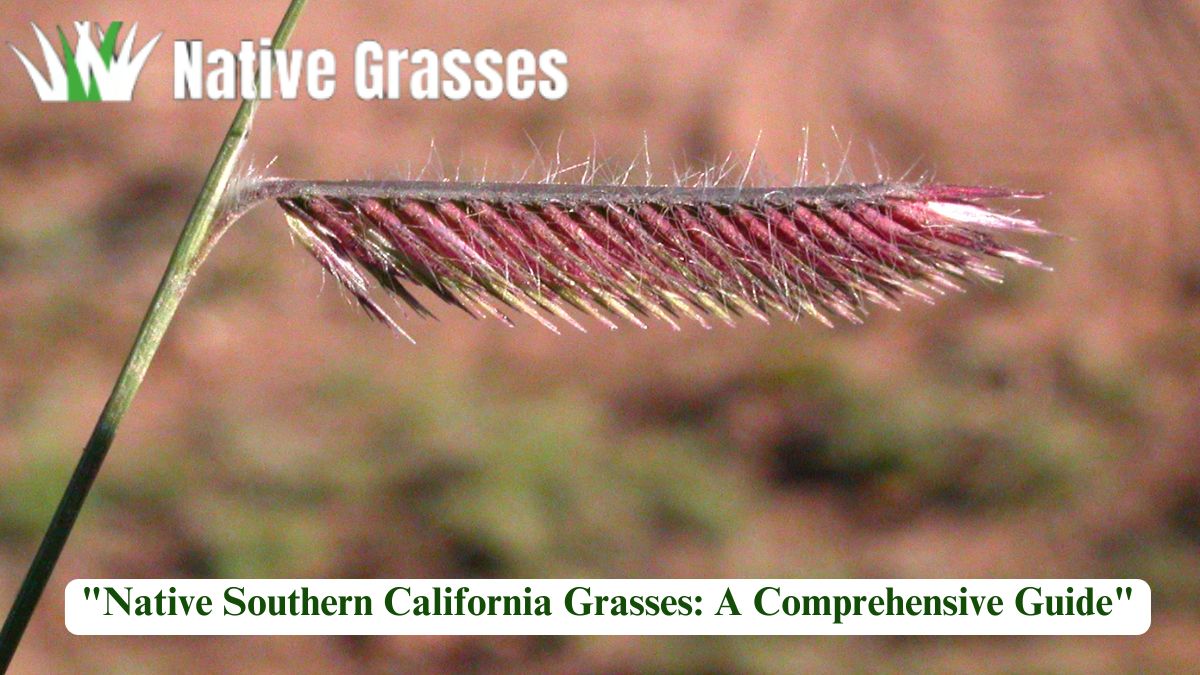
Southern California is home to an extraordinary array of native grasses that are both beautiful and ecologically vital. These grasses have evolved over centuries to thrive in the region’s unique climate, characterized by long periods of drought, mild winters, and occasional wildfires. Despite their importance, native grasses are often overshadowed by invasive species or forgotten in favour of traditional turf lawns. This comprehensive guide aims to shed light on the native grasses of Southern California, their benefits, and how to incorporate them into your landscape for a more sustainable and environmentally friendly approach.
Whether you’re a homeowner, landscaper, or nature enthusiast, understanding native grasses is key to fostering biodiversity, conserving water, and creating resilient ecosystems. Let’s dive into the fascinating world of these grasses and explore their untapped potential.
The Ecological Significance of Native Grasses
Why Native Grasses Matter
- Support Local Wildlife: Native grasses provide food and shelter for pollinators, birds, and small mammals. For example, Purple Needlegrass (Stipa pulchra) supports native bird species by providing seeds.
- Adapted to Local Conditions: Unlike non-native species, native grasses are well-suited to Southern California’s arid climate, reducing water consumption and ensuring survival during droughts.
- Soil Health and Erosion Control: Deep-rooted grasses improve soil structure, enhance water infiltration, and prevent soil erosion in sloped terrains.
Comparison to Non-Native Species
| Aspect | Native Grasses | Non-Native Grasses |
| Water Usage | Low | High |
| Wildlife Support | High | Low |
| Maintenance Needs | Minimal | Intensive |
| Impact on Ecosystem | Positive | Often Disruptive |
Role in Fire Ecology
Native grasses have adapted to periodic wildfires and play a crucial role in the fire ecology of the region. Their low fuel loads and seasonal dormancy make them less likely to contribute to catastrophic fires, unlike invasive species like Fountain Grass.
Characteristics of Native Southern California Grasses
Adaptations to the Environment
- Drought Tolerance: Native grasses like Deergrass (Muhlenbergia rigens) can survive with minimal water, making them ideal for xeriscaping.
- Seasonal Dormancy: These grasses turn golden brown in summer to conserve resources, adding a natural aesthetic to landscapes.
- Resilience to Poor Soils: Many species thrive in sandy or clay soils without requiring fertilizers.
Aesthetic Appeal
Native grasses offer unique textures, movement, and colors that change with the seasons. For example:
- California Brome adds lush greenery in spring.
- Purple Needlegrass sways gracefully in the breeze, creating a dynamic landscape element.
Growth Patterns
These grasses often form clumps, making them ideal for creating naturalistic landscapes. Their slow spread ensures they remain manageable without becoming invasive.
Common Native Grasses in Southern California
California Brome (Bromes carminates)
- Description: A cool-season grass that grows in clumps, reaching up to 4 feet in height.
- Benefits: Excellent for soil stabilization and quick growth in restoration projects.
- Habitat Use: Provides forage for deer and nesting material for birds.
Purple Needle grass (Stipe pilchard)
- California’s State Grass: This perennial grass is a symbol of resilience and longevity.
- Benefits: Its deep roots penetrate up to 20 feet, making it exceptional for erosion control.
- Cultural Significance: Used by Indigenous peoples for food and basket weaving.
Deer grass (Muhlenbergia rigens)
- Description: A striking bunchgrass that grows up to 3 feet tall with feathery seed heads.
- Benefits: Attracts pollinators like bees and butterflies, making it an ecological powerhouse.
- Uses in Landscaping: Ideal for borders, meadows, and dry streambeds.
| Grass | Height | Water Needs | Wildlife Benefit |
| California Brome | Up to 4 ft | Low | Supports nesting birds |
| Purple Needlegrass | Up to 3 ft | Very Low | Seeds for birds |
| Deergrass | Up to 3 ft | Low | Pollinator-friendly |
Benefits of Incorporating Native Grasses in Landscaping
Water Conservation
Native grasses require significantly less water than traditional lawns. For example, transitioning from a lawn to a landscape featuring Blue Grama Grass can reduce water usage by up to 75%.
Low Maintenance Requirements
- Minimal Mowing: Unlike conventional turf, native grasses don’t need frequent mowing.
- Reduced Chemical Use: They thrive without fertilizers or pesticides, reducing chemical runoff into waterways.
Habitat Creation
Landscapes with native grasses become havens for wildlife. Butterflies like the Monarch are often seen flitting among Deergrass and Purple Needlegrass.
Aesthetic and Functional Uses
- Erosion Control: Planting grasses like Creeping Wildrye stabilizes slopes.
- Natural Beauty: Their seasonal changes add texture and interest to landscapes.
Challenges and Solutions in Growing Native Grasses
Common Issues
- Soil Quality: Poor or compacted soils can hinder growth.
- Competition with Invasives: Non-native grasses often outcompete natives.
- Seasonal Appearance: Dormancy may be mistaken for die-off.
Practical Solutions
- Soil Preparation: Amend soil with organic matter for better root penetration.
- Weed Management: Regularly remove invasive species during establishment.
- Blending with Wildflowers: Mix grasses with colorful natives for year-round appeal.
How to Start Your Native Grass Landscape
Planning and Design
- Site Assessment: Evaluate sunlight, soil type, and drainage.
- Purposeful Planting: Choose species based on specific goals like erosion control or aesthetics.
- Design Tips: Incorporate grasses into meadows, borders, or dry streambeds.
Planting Techniques
- Timing: Best done in fall to allow roots to establish during winter rains.
- Spacing: Plant clumping grasses 1-2 feet apart for full coverage.
- Watering: Provide supplemental water during the first year.
Maintenance Tips
- Seasonal Pruning: Cut back dormant grasses in late winter.
- Weed Control: Use mulch to suppress weeds while grasses are established.
- Long-Term Care: Minimal once established; occasional pruning is sufficient.
Success Stories and Case Studies
Community Restoration Projects
The Ballona Wetlands Restoration Project successfully reintroduced Purple Needlegrass to degraded areas, enhancing habitat for native birds and pollinators.
Residential Landscaping Successes
Homeowners in San Diego have transformed water-guzzling lawns into beautiful native grass meadows, saving thousands of gallons of water annually.
Urban Greening Projects
Los Angeles has incorporated Deergrass and Creeping Wildrye into public medians, reducing maintenance costs and improving urban aesthetics.
Resources for Native Grass Enthusiasts
Where to Buy Native Grass Seeds or Plugs
- Theodore Payne Foundation: Offers a wide selection of native plants and grasses.
- Las Pilitas Nursery: Specializes in drought-tolerant plants.
Educational Organizations and Programs
- California Native Plant Society: Workshops, plant sales, and resources.
- Local Extension Offices: Guide native plant care.
Recommended Reading
- California Native Plants for the Garden by Carol Bornstein.
- Designing California Native Gardens by Glenn Keator.
Conclusion
Native Southern California grasses are not just plants; they are a lifeline for the region’s ecosystems. By incorporating these resilient and beautiful grasses into our landscapes, we can conserve water, support wildlife, and create sustainable environments. Whether you’re a homeowner or part of a community project, embracing native grasses is a step toward a greener future.
FAQs
What are some common native grasses in Southern California?
Examples include California Brome, Purple Needlegrass, and Deergrass.
Why are native grasses important?
They support biodiversity, conserve water, and prevent soil erosion.
How do I maintain native grasses?
Minimal maintenance: occasional pruning and weeding during the establishment phase.
Where can I buy native grass seeds?
Reputable nurseries like Theodore Payne Foundation and Las Pilitas Nursery.
Do native grasses attract wildlife?
Yes, they provide habitat and food for pollinators, birds, and small mammals.
Can I replace my lawn with native grasses?
Absolutely! Native grasses are an eco-friendly and water-saving alternative.
Are native grasses fire-resistant?
Many native species have low fuel loads, making them a safer choice.
When is the best time to plant native grasses?
Fall is ideal, as it allows roots to establish during the rainy season.
What are the challenges of growing nes?
Initial establishment can be tricky; invasive species and poor soil may pose challenges.
How do native grasses compare to non-native ones?
Native grasses require less water, support local ecosystems, and have lower maintenance needs.

